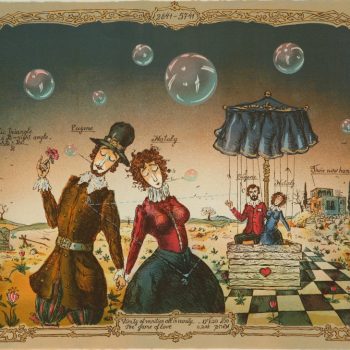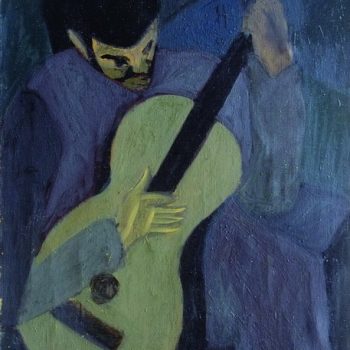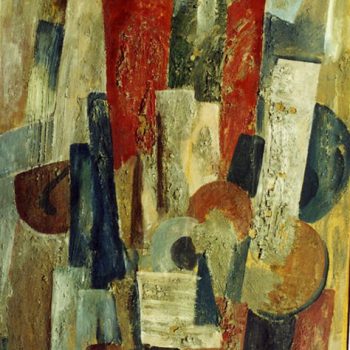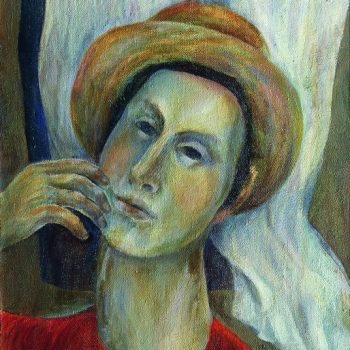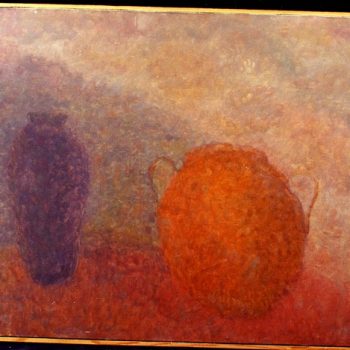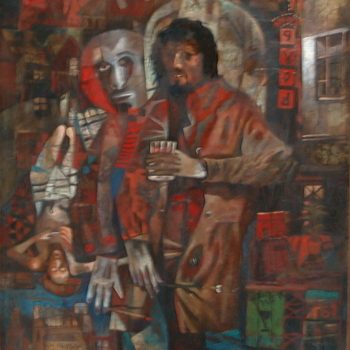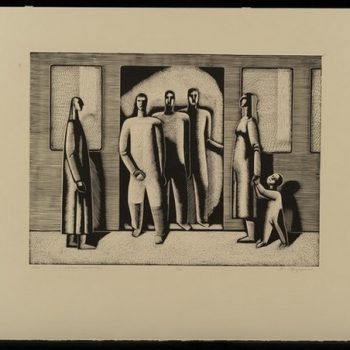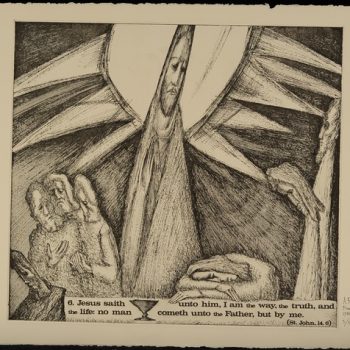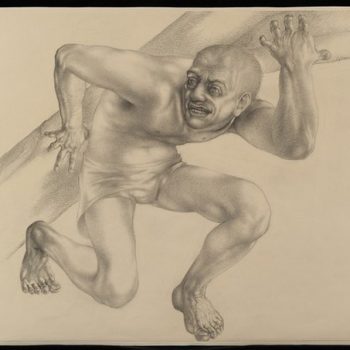The Gaza-and-Nevsky Culture
The most noticeable cultural events in Leningrad in the 1970s were two exhibitions held in the “Ivan Gaza House of Culture” and the “Nevsky House of Culture”, blended into the ‘Gaza-and-Nevsky Culture’ to become the denomination of the period. The main achievement of the two exhibitions was the artists’ victory in their struggle for recognition. At last, the ‘artistic underworld’ found their way to the spectators, thus establishing themselves as an integral part of the cultural life. In 1975, the Association of Experimental Exhibitions was organized, with the aim to continue exhibiting on a ‘lawful’ basis. This was another attempt to conduct a dialogue with the regime. The Ministry of the Interior, however, used the Association as an instrument of control over the artists’ activities. In this situation, many of the unofficial avant-garde artists preferred to leave the country, e.g. Evgeny Abezgauz, Alexander Arefyev, Alexander Gurevich, Alexander Basin, Valery Konevin and Alexander Rapoport. Others had to return to the ‘underground’. Several exhibitions were held unauthorized; other exhibitions (very few, in fact), although sanctioned by the Department of Culture, were limited to not more than four or five artists, which was not enough to be an appropriate reflection of the movement they represented. Moreover, such events resulted in conflicts with the police and, not infrequently, detention of the artists. Within this unofficial culture, artistic groups and trends were being formed to become, later on, the alternative art of the 1980s.

